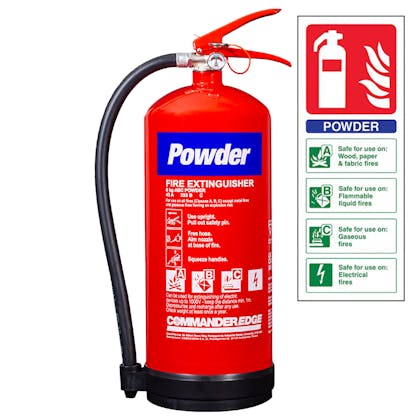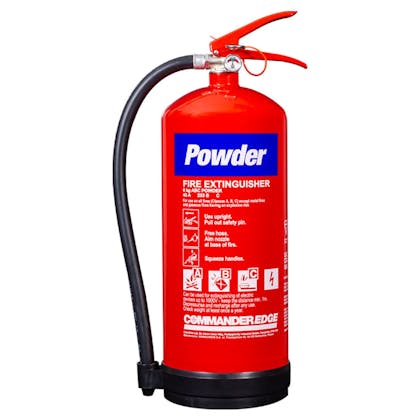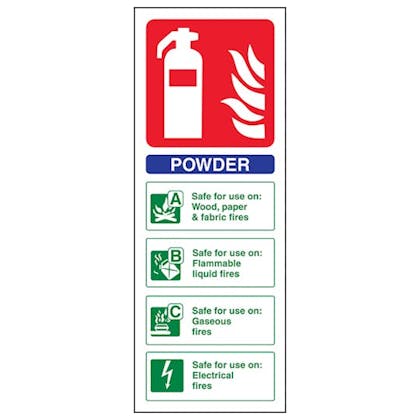Wondering which fire extinguisher you need?
Our Fire Extinguisher buying guide has a wealth of information to help you decide which fire extinguishers you need to meet your fire safety obligations, along with guidance on fire safety regulations, fire extinguisher maintenance and installation. Remember, all fire extinguishers are provided with a corresponding Extinguisher ID sign for FREE!




















